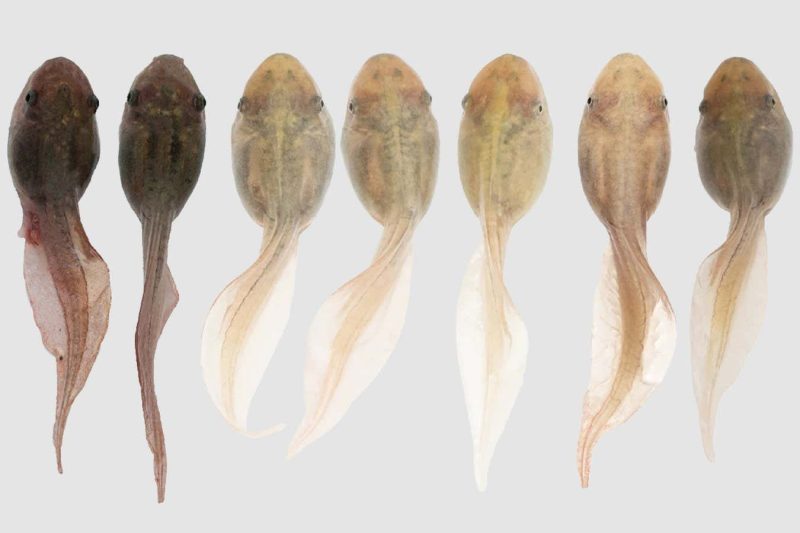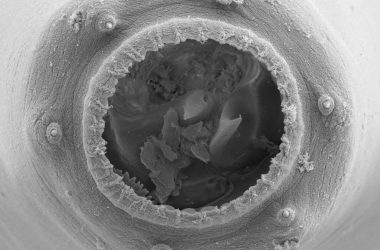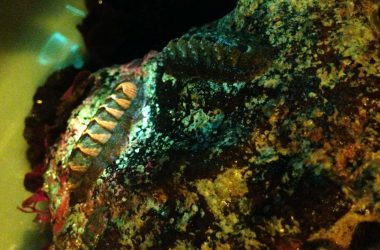Tadpoles have the amazing ability to change their color in order to blend in with their environment, making it harder for predators to spot them. This camouflaging behavior plays a crucial role in their survival, as they are commonly targeted by birds and fish.
In a study conducted by Christoph Liedtke and his colleagues at the Doñana Biological Station in Seville, Spain, they focused on western spadefoot toad tadpoles (Pelobates cultripes) to understand how this color-changing process occurs.
Experimenting with Tadpoles
The researchers raised five groups of tadpoles in different environments, each with a distinct color and brightness. They observed that the tadpoles’ skin pigmentation changed to match the specific color and brightness of their surroundings. Tadpoles raised in darker environments became darker themselves, while those in lighter environments became lighter in color.
Importance of Camouflage
Camouflage provides several benefits to tadpoles. Firstly, it helps them blend in with their surroundings, making it harder for predators to detect them. This increases their chances of survival and allows them to grow and develop without constant threat.
Secondly, by changing their color to match the environment, tadpoles can also avoid unwanted attention from predators that may specifically target certain colored prey.
Mechanisms Behind Color Change
The exact mechanisms behind tadpoles’ ability to change color are still being studied. It is believed that their skin pigments are influenced by both genetic factors and environmental cues. This means that their ability to adapt to different environments may be a combination of inherited traits and the ability to perceive and respond to visual cues.
Further research is needed to fully understand the molecular and genetic mechanisms that drive this color change process in tadpoles.
Conclusion
The ability of tadpoles to change their color to blend in with their surroundings is a fascinating survival adaptation. By understanding the mechanisms behind this camouflaging behavior, scientists can gain insights into the broader field of animal adaptation and evolution.








